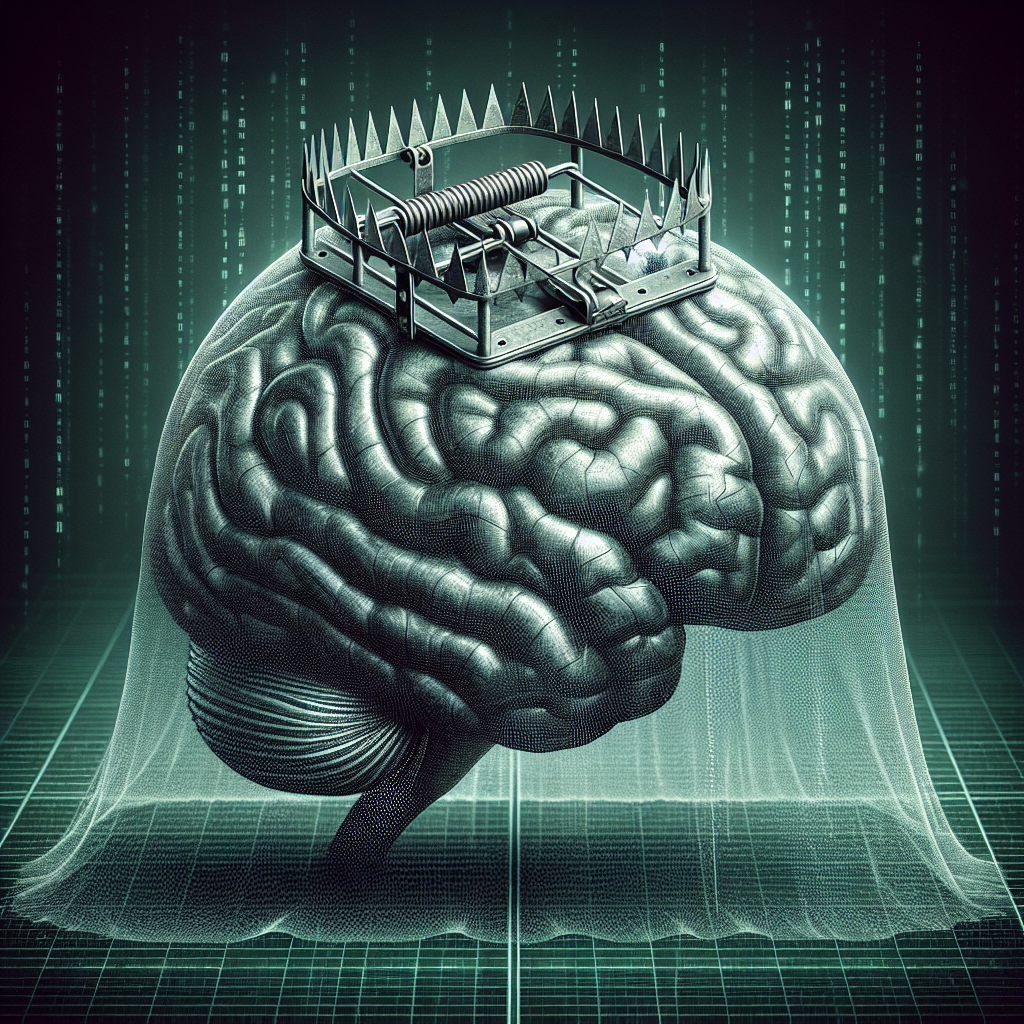Artificial intelligence (AI) has become an increasingly prevalent and powerful tool in today’s world. From virtual assistants like Siri and Alexa to self-driving cars and advanced medical diagnostics, AI is revolutionizing many aspects of our lives. However, with this rapid advancement in AI technology comes hidden risks that must be carefully considered and addressed.
One of the primary concerns surrounding the use of artificial intelligence is its potential to perpetuate bias and discrimination. AI systems are only as good as the data they are trained on, and if that data is biased in any way, the AI system will inevitably reflect that bias. This can have serious consequences, especially in areas like criminal justice, hiring practices, and financial lending, where biased AI algorithms can disproportionately impact marginalized communities.
For example, a study conducted by the AI Now Institute found that many AI systems used in hiring processes exhibit bias against women and people of color. These systems often rely on historical data that reflects existing biases in the workforce, leading to discriminatory outcomes. In one case, Amazon had to abandon an AI recruiting tool that showed bias against women because it was trained on resumes submitted over a 10-year period that were predominantly from men.
Another hidden risk of artificial intelligence is its potential to be manipulated or exploited by malicious actors. AI systems are vulnerable to attacks by hackers who can manipulate the data or inputs to the system in order to achieve a desired outcome. For example, researchers have demonstrated that it is possible to fool AI systems into misclassifying objects by adding imperceptible noise to images. This could have serious implications in areas like autonomous vehicles, where a small manipulation could lead to disastrous consequences.
In addition, the increasing use of AI in critical infrastructure, such as power grids and financial systems, makes them susceptible to cyber attacks. Hackers could potentially exploit vulnerabilities in AI systems to disrupt essential services or steal sensitive information. This poses a significant threat to national security and public safety.
Furthermore, the rapid advancement of AI technology raises concerns about job displacement and the future of work. As AI systems become more sophisticated and capable of performing tasks traditionally done by humans, there is a risk that many jobs will become obsolete. This could lead to widespread unemployment and economic instability, particularly for workers in industries that are heavily reliant on manual labor.
Moreover, there are ethical concerns surrounding the use of AI in decision-making processes, particularly in high-stakes scenarios like healthcare and criminal justice. AI systems are often opaque and difficult to interpret, making it challenging to understand how they arrive at their decisions. This lack of transparency can lead to mistrust and uncertainty, especially when AI systems are used to make life-altering decisions.
In healthcare, for example, AI systems are being used to assist in diagnosis and treatment decisions. While AI has the potential to improve patient outcomes and reduce medical errors, there are concerns about the accountability and liability of these systems in the event of errors or adverse outcomes. Similarly, in criminal justice, AI systems are used to predict recidivism rates and inform sentencing decisions. However, there are concerns about the fairness and accuracy of these systems, as they can perpetuate existing biases in the criminal justice system.
Despite these risks, the potential benefits of artificial intelligence are vast. AI has the power to revolutionize industries, improve efficiency, and enhance our quality of life. However, it is crucial that we address the hidden risks associated with AI in order to ensure that its impact is positive and equitable.
FAQs:
Q: Can AI systems be biased?
A: Yes, AI systems can be biased if they are trained on biased data. This can lead to discriminatory outcomes in areas like hiring practices and criminal justice.
Q: How can we address bias in AI systems?
A: One way to address bias in AI systems is to carefully examine the data used to train the system and ensure that it is representative and diverse. Additionally, implementing transparency and accountability measures can help mitigate bias in AI systems.
Q: What are some examples of AI bias?
A: One example of AI bias is the use of AI systems in hiring practices that exhibit bias against women and people of color. Another example is the use of AI in facial recognition technology that has been shown to misidentify people of color at higher rates than white individuals.
Q: How can we protect AI systems from cyber attacks?
A: To protect AI systems from cyber attacks, it is essential to implement robust security measures, such as encryption, authentication, and access controls. Regular monitoring and updating of AI systems can also help detect and mitigate potential vulnerabilities.
Q: What are the ethical concerns surrounding AI decision-making?
A: Ethical concerns surrounding AI decision-making include issues of transparency, accountability, and fairness. It is essential to ensure that AI systems are transparent and interpretable, and that they are used in a way that upholds ethical principles and values.

